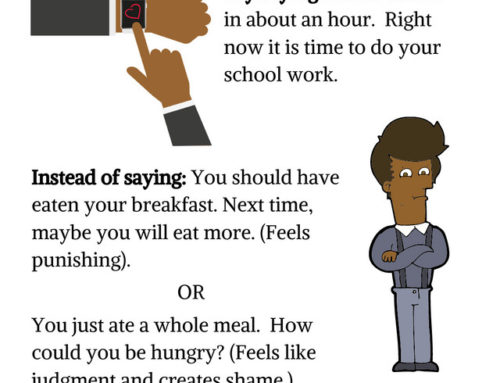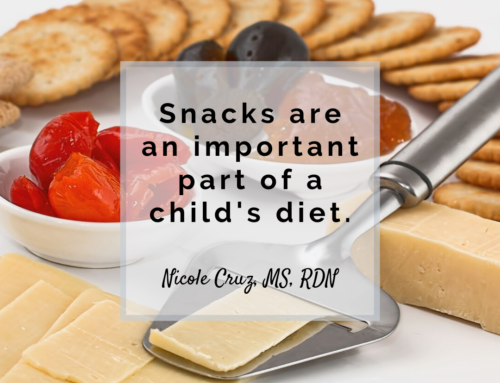Do you want to know how to get a kid to eat vegetables?
Does your kiddo balk at the green beans on their plate? Do they say “I’m not eating that!” before they even try the cauliflower? Do they eat ONLY one vegetable ONLY when it’s prepared exactly right?
I get the frustration of cooking a nice meal and having it left untouched. I understand the concern about your kiddos not eating anything fresh. We see our friends’ kids munching on raw peppers or asking for more broccoli, and it’s easy to question, “what am I doing wrong?” You are not alone! As parents we want to do it all right and have happy, thriving children. We all struggle with different things at different times. You might struggle with vegetables and someone else with sleep. But whatever it is, it’s hard.
So, how do you get a kid to eat vegetables?
Spoiler alert! Ready, Ready… You Don’t!

I don’t mean to be negative or say there is nothing you can do, but the truth is, you can’t actually make them. You can try new things, get them involved, and be creative, but at the end of the day it’s their choice.
The way we speak affects our thoughts, feelings, and behaviors, and this includes the language we use about food and eating. When we talk about “making them eat” or “getting them to eat”, it puts the burden on us as parents, like it’s our responsibility. However, we have to go back to the basics. It’s our responsibility to offer the food, not make them eat it. That’s their job!
I’ve said it before, and I’ll continue to shout it from the rooftops!
Forcing, pressuring, and bribing kids to eat creates more avoidance.”
So, how can you offer vegetables to increase the likelihood your kid might want to eat, or at least try them?
Make it fun
Kids are more likely to engage in something if it seems like a fun activity as opposed to another thing they are being told to do.
- Taste tests: try two different vegetables, different colors of the same vegetable, with a sauce or plain.
- Different visuals: cut veggies into shapes, use a spiralizer, create faces or pictures on their plates.
- Play games: pick a veggie from in a box and take a bite, guess the name, everyone try a different one and describe the taste.
Get your child involved
The more they are involved the more likely they are to try it. They might want to try it while preparing it or once it’s on their plate, but when they are part of the process it becomes less daunting.
- Ask their opinion: Do you want broccoli or green beans? Do you want it plain or with sauce? Which color peppers should we buy?
- Preparation: they can season, cut, spiralize, place things on a pan, push buttons on an appliance.
Make veggies taste good
Many vegetables are bitter and have different textures, and children have stronger tastes than adults. Try different things depending on the vegetable and your child’s preferences.
- Cook it: many vegetables have a softer and more preferable texture when cooked.
- Try it raw: some veggies, like carrots, are sweet and crunchy and may taste better raw.
- Add seasoning and sauce: fat (butter or oil) and seasoning (especially salt) may help make the flavor more palatable by reducing bitterness. Also, try soy sauce or other sauces they already like.
Try veggies with things they already like
Even if it doesn’t sound appealing to you, it doesn’t mean they won’t like it or be more likely to try it.
- Main dish: if they love pasta, add veggies in their favorite pasta and sauce.
- Dips: ranch, humus, ketchup, bbq sauce, sour cream, marinara sauce, guacamole.
- Toppings: cheese, bacon, raisins/dried fruit, fresh fruit, maple syrup, honey, sprinkles.
Continue to offer and sit back
Children often need to be exposed over and over in order to even try a food, let alone actually enjoy it. They need the opportunity to try food in a safe and comfortable environment. Even if you are playing games or creating fun visuals, there should still be no pressure to try the food or engage in the activity. Your responsibility is to create this environment, offer a variety of foods, AND respect their choices. Take the pressure off yourself. You’re doing a great job!
For more information on how to help your kiddo try more foods, grab my online workshop: Stress-Free Family Eating








Leave A Comment